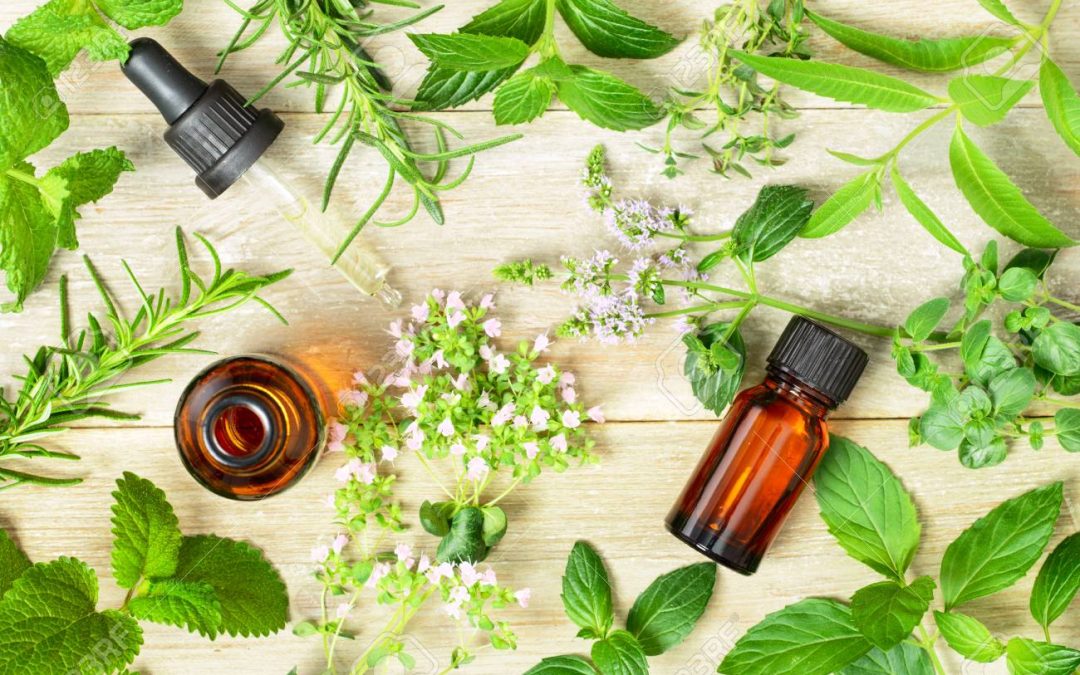More and more people are turning to alternative medicine for themselves, but did you know that this trend is also slowly creeping into animal feed and aquaculture industries? As people become more conscious of what they put in their bodies, they are also becoming more aware of what goes into their pets and even the fish they consume. In this blog post, we’ll explore the rise of alternative medicine in animal feed and aquaculture, and how it can benefit our furry friends and our planet.
Traditional livestock and aquaculture breeding methods often focused on quick and optimal growth, but without considering the health of the animal or fish. Alternative medicine, on the other hand, focuses on a more holistic approach: preventing disease, increasing quality of life, and ultimately growing a healthier animal or fish. One popular solution is incorporating herbal medicine into feed. Herbs such as garlic, thyme, and cinnamon have been shown to have antimicrobial and anti-fungal properties, which can kill off harmful bacteria and prevent infections in animals and fish. Other herbs such as chamomile, passionflower, and valerian root have been shown to have calming effects, which can help reduce stress levels in animals – just like they do in humans!
Another alternative medicine approach is the use of probiotics and prebiotics. These beneficial microorganisms have been shown to improve digestion, boost the immune system, and even increase the absorption of nutrients in livestock and fish. Prebiotics are non-digestible food ingredients that promote the growth of beneficial microorganisms, while probiotics are live microorganisms that provide a health benefit when consumed. By administering these probiotics and prebiotics regularly, not only can farmers and breeders make sure their animals and fish are getting the proper balance of gut bacteria, but they can also reduce the amount of antibiotics used in feed. Antibiotics, when administered excessively, can lead to antibiotic-resistant bacteria, which poses a threat not just to animal health, but to human health as well.
Other alternative medicine practices that have gained popularity include acupuncture and chiropractic therapy. While it may seem odd to see horses or cows getting acupuncture, these practices have been shown to have real benefits. Acupuncture can help reduce inflammation, improve circulation, and even calm a stressed animal. Chiropractic therapy can be used to maintain proper alignment of the spine, which can improve mobility, prevent injury, and promote overall health.
Alternative medicine is not just for humans anymore – it’s also making strides in animal feed and aquaculture industries. Incorporating herbs, probiotics, and prebiotics, as well as acupuncture and chiropractic therapy, can lead to healthier and happier animals and fish. These practices can not only improve animal welfare, but also reduce the amount of antibiotics used, which can lead to healthier products for human consumption. As consumers become more aware of the impact of their choices, it’s important for farmers and breeders to adopt alternative medicine practices and create a more sustainable future for our planet and all its inhabitants.

